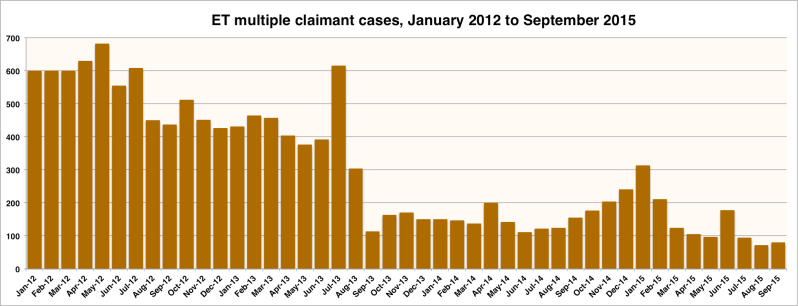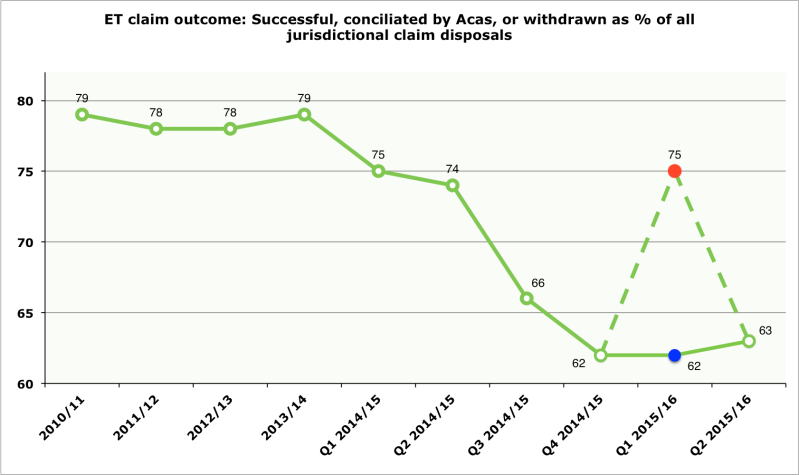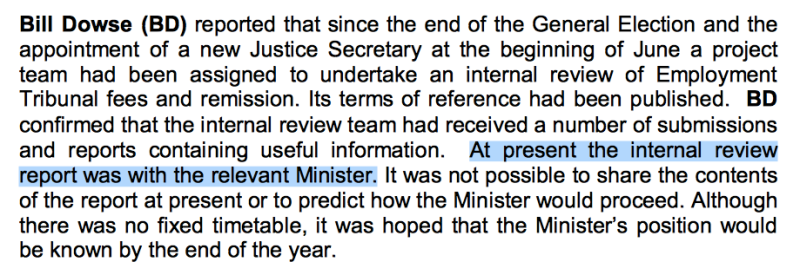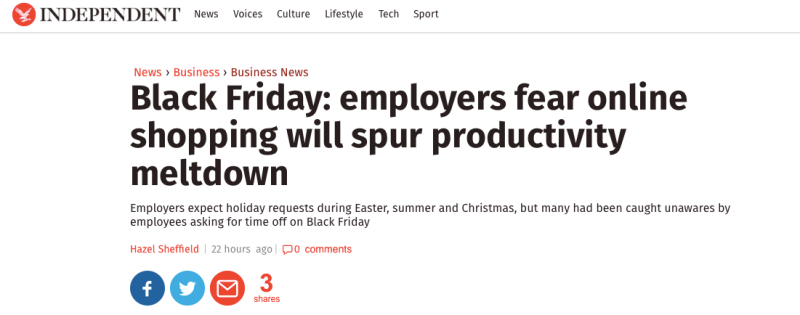
I logged into Twitter and someone had posted this image into my timeline. My eyes nearly rolled out of their sockets. The Brexit debate could scarcely be said to have been characterised by the accuracy and honesty of the arguments advanced, but this seems to me to be very seriously misleading.
I am going to deal with each of the points made. But two general points can be made immediately. First, the EU does not have the power to regulate Employment Rights generally. It is perverse to criticise the EU for not creating a right to a minimum wage where Member States have been scrupulous to ensure it does not have the power to do so. Second, the EU law sets a floor not a ceiling. There is nothing to stop the UK having more generous rights whilst remaining a member of the EU. The only thing continued membership prevents is having less generous rights.
Right to Holidays
The Holidays with Pay Act 1938 did not create a general right to paid holiday. It applied only to those workers who had their minimum wages set by a wage regulating authority (section 1(1)). Any worker whose pay was fixed under the Trade Boards Act 1909 and 1918 or the Agricultural Wages (Regulation) Act 1924 were not to be entitled to more than a week’s paid leave in each year and the former were not to be allowed to take more than three consecutive days of leave (Section 1(2)).
The relevant part of the Act was repealed in 1975. By 1997 there was no statutory right to paid annual leave (unless you were an agricultural worker). That position changed as a result of the Working Time Regulations 1998. The Regulations were intended to implement the Working Time Directive 93/104/EC.
The Directive created a right to four weeks’ annual leave.
The UK fought tooth and nail against the introduction of the Directive. It went to the European Court of Justice in an attempt to get it annulled. The attempt failed (see United Kingdom v Council of the European Union C-84/94).
It is true that the UK subsequently increased the entitlement by 1.6 weeks. The reason for the increase was that UK employers had insisted that bank holidays should count towards the four week entitlement. The significant point here is, as stressed above, that the Directive does not prevent the UK being more generous. It does, however, prevent the UK being less generous. It sets a floor not a ceiling.
So in Bear Scotland Ltd v Fulton UKEATS/0047/13, the Employment Appeal Tribunal made the latest in a series of findings that the UK had failed properly to implement the entitlement to paid annual leave. The Working Time Directive was used to bring the rights of UK workers up to the standard that applies across Europe. Without the Directive, UK workers would have had less protection.
Equal Pay
Should we pat ourselves on the back for having legislated for equal pay before even joining the EEC? In short, no.
The right to equal pay was enshrined in Article 119 of the Treaty of Rome itself, which was signed in … 1957. That meant that we were going to have to legislate if we wanted to join.
Although the Equal Pay Act was enacted in 1970, it was not in force in 1973 when the UK joined the EEC. In fact, it did not come into force until December 1975. By then the Equal Pay Directive 75/117/EEC was in place. It required a substantial broadening of the right so that it covered cases where men and women were performing work of equal value. Again, Europe enhanced the rights of UK workers.
A number of subsequent decisions identified respects in which the Domestic legislation had failed properly to implement the European right. One example was the fact that the 1970 Act limited back pay claim to two years. That was held to be inconsistent with European Law and extended to 6 years.
Maternity
Couldn’t the EU be more generous in respect of Maternity Leave? Couldn’t it set a minimum rate of pay?
In 2010, the European Parliament (that bunch of ELECTED Eurocrats) voted in favour of a series of amendments to the Pregnant Workers Directive 92/85/EU. These provided for, amongst other things, 20 weeks’ maternity leave on full pay.
The proposals were blocked in Council. The UK (you’ll probably have guessed) opposed the amendments. Who went along to block them? Vote Leave’s very own Chris Grayling MP: https://www.gov.uk/government/news/uk-ministers-lobby-europe-against-socially-regressive-maternity-proposals
The ECJ has on a number of occasions forced changes to the UK Law protecting pregnant women and those who take maternity leave against discrimination that would have been permissible as a matter of Domestic Law.
Wages
It is entirely correct that there is no EU minimum wage law. The EU does not have competence to legislate in this area (see Para 4.4 here: https://www.gov.uk/government/uploads/system/uploads/attachment_data/file/332524/review-of-the-balance-of-competences-between-the-united-kingdom-and-the-european-union-social-and-employment-policy.pdf).
It is true that not all Member States have national minimum wages. Some have sectoral minimum wages and others achieve the same result by way of widespread use of collective agreements.
We were late to the party. The French have had a statutory national minimum wage since 1950.
Discrimination
Since we joined the EEC in 1973 and the Sex Discrimination Act was not passed until 1975, a TARDIS seems to be required.
[Edit: The article responds to the specific points made in the graphic circulating on the Internet. The scope of European influence on UK Employment Rights is much greater than the subset addressed here. If you are interested in a complete picture of what rights are under-pinned by European Law, I strongly recommend this opinion produced for the TUC by Michael Ford QC: https://www.tuc.org.uk/sites/default/files/Brexit%20Legal%20Opinion.pdf ]


















